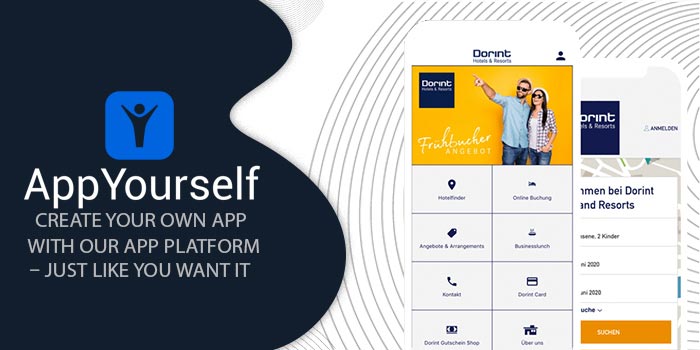
WebViews are in-app browsers that allow mobile applications to access and display web content. Hybrid apps also depend on WebViews to render their user interfaces. If you have a hybrid app you need to rely on plugins such as Ionic plugins to use the native capabilities of the user’s device. They can access the built-in features of smartphones such as the camera and microphone by default. On the other hand, native mobile apps need to be written in platform-specific languages such as Java, Kotlin, Swift, or Objective-C. You can use hybrid frameworks such as Ionic to create cross-platform hybrid applications.


You only have to write the code once, and your hybrid app will run on different operating systems. The main advantages of hybrid apps are portability and the simplicity of development. You can also upload them to app stores and users can install them as native Android or iOS applications. You can build them using web technologies: HTML, CSS, and JavaScript. At first glance, both have similar features and design, but the underlying technology is different.Īs the name suggests, hybrid apps are a combination of web apps and native mobile apps. Mobile apps have two types: native and hybrid apps. Differences between a native mobile app and a hybrid app You can use the native features of mobile OSs to deliver the user experience and implement the functionalities of your application. You don’t have to worry about browser behavior and compatibility. Native app development requires different skills and technologies than mobile website development. You download them from platform-specific app stores: you can find iOS and iPadOS apps in Apple’s App Store and Android apps in the Google Play Store.

Unlike websites and web applications, native mobile apps don’t run in the web browser.



 0 kommentar(er)
0 kommentar(er)
